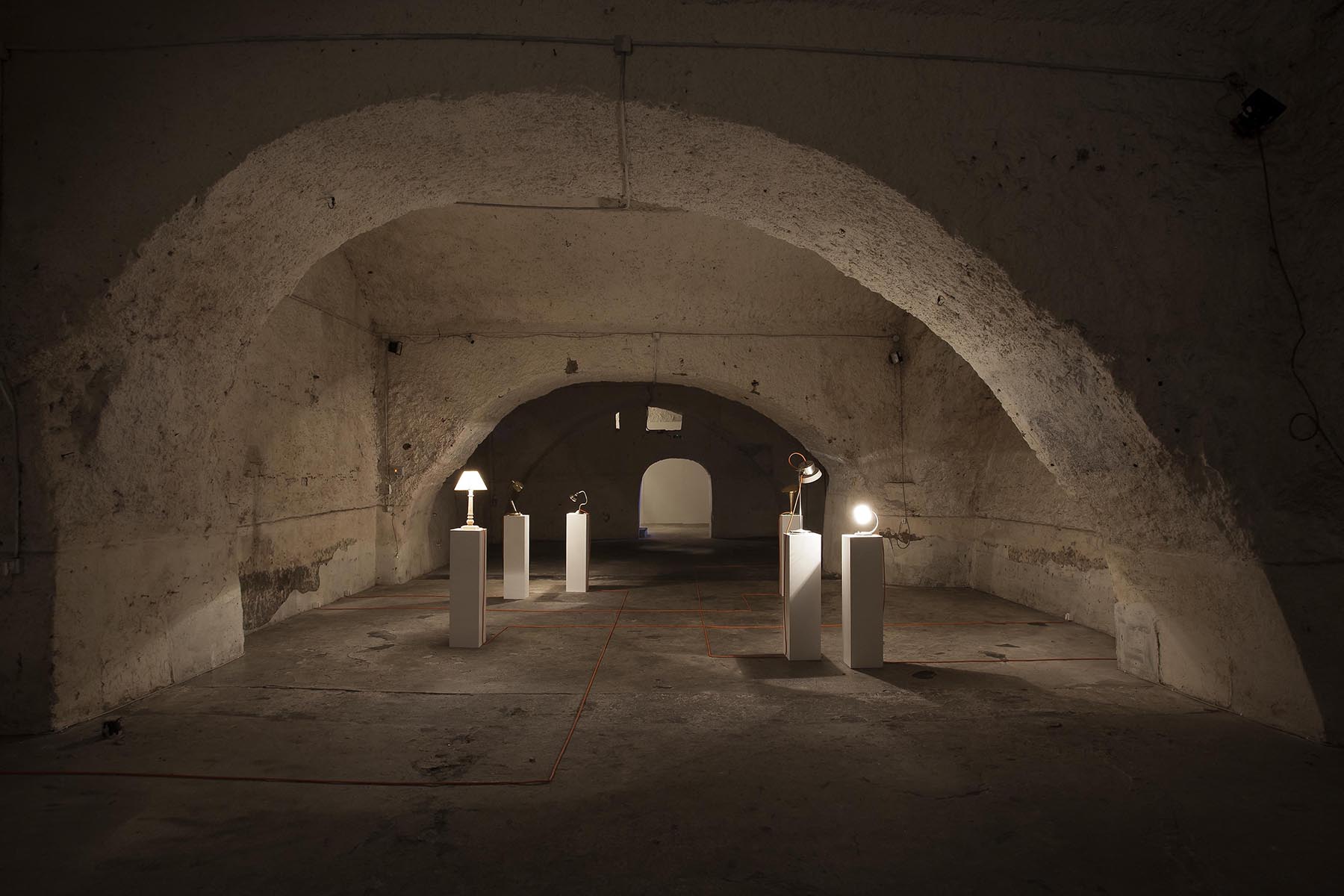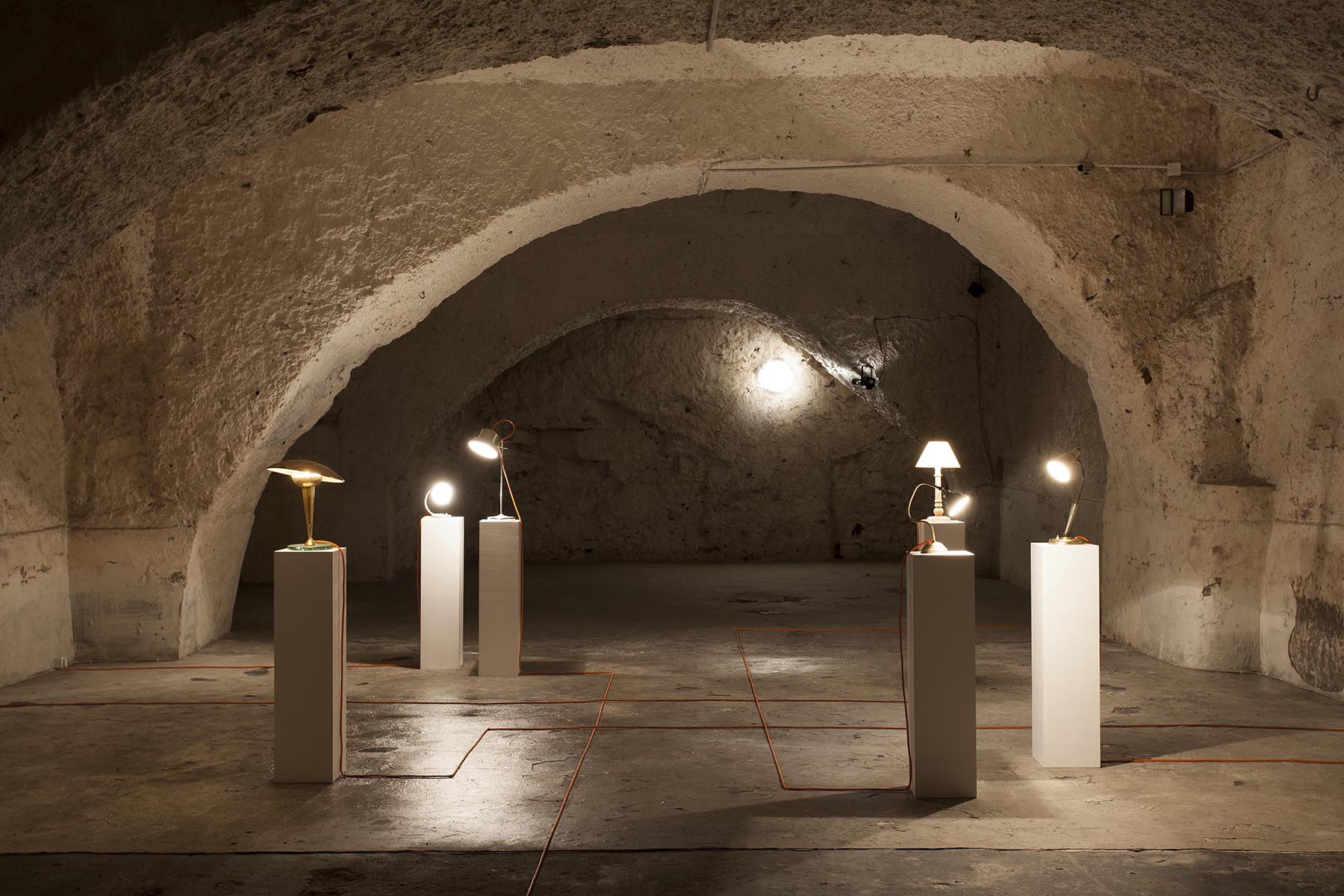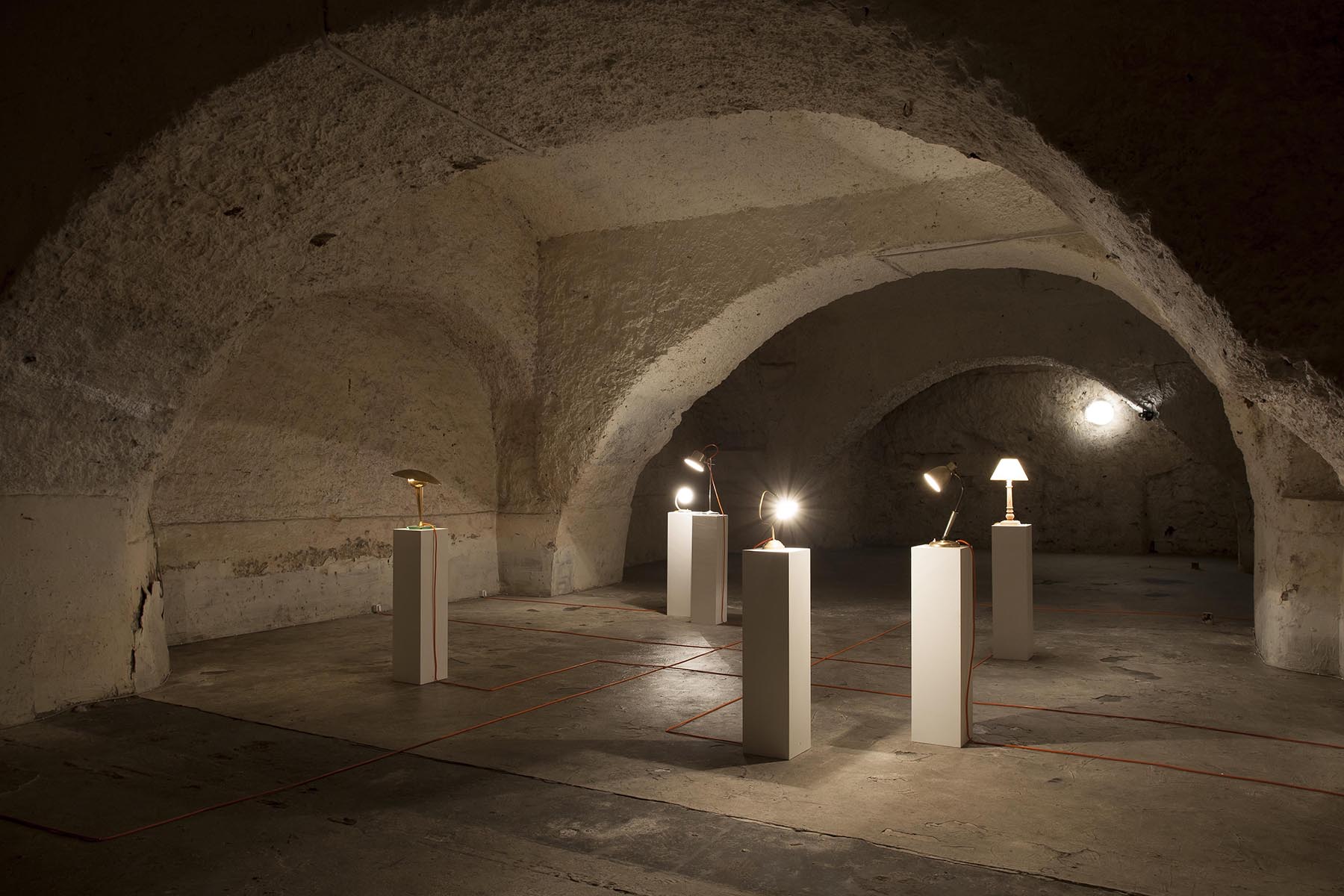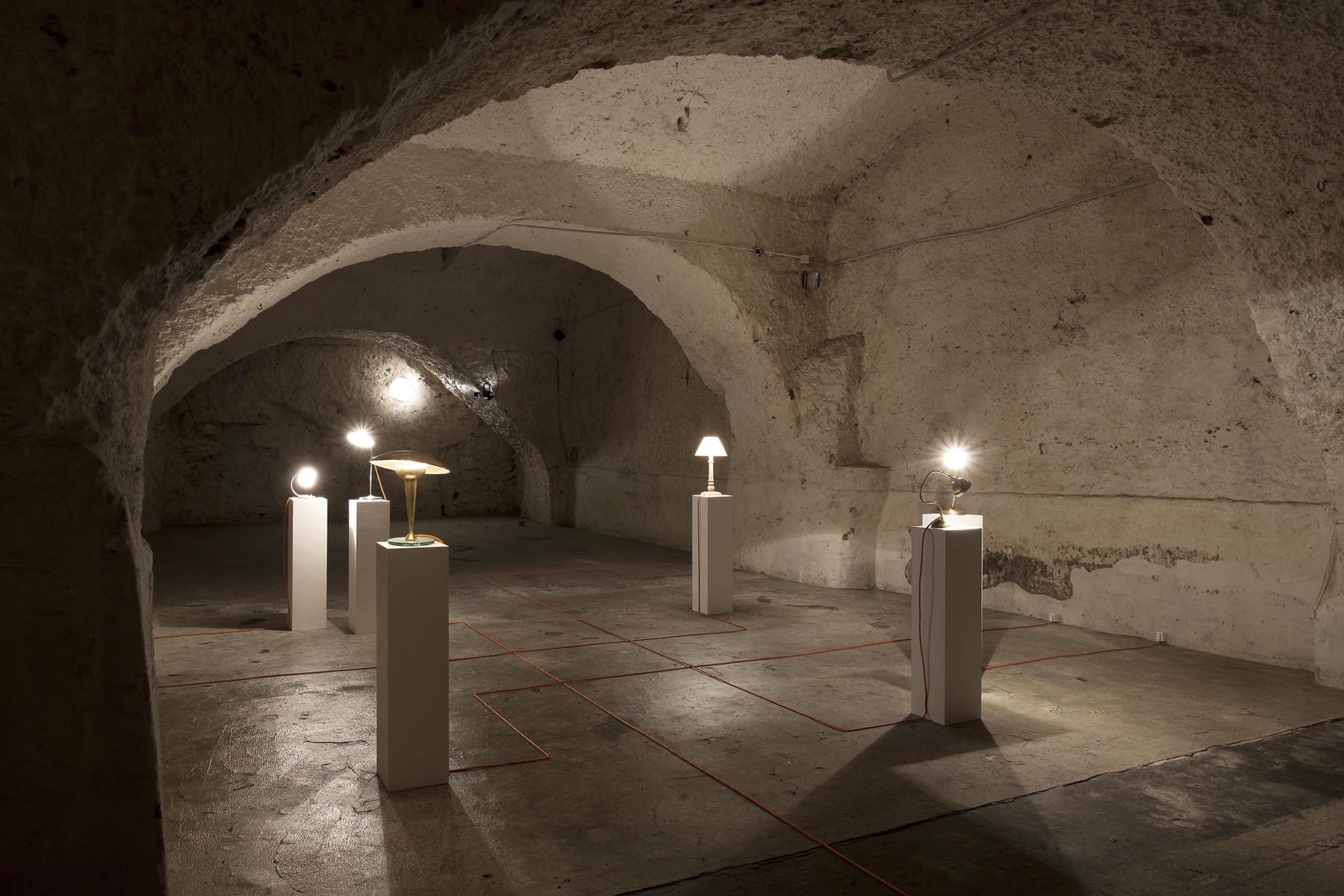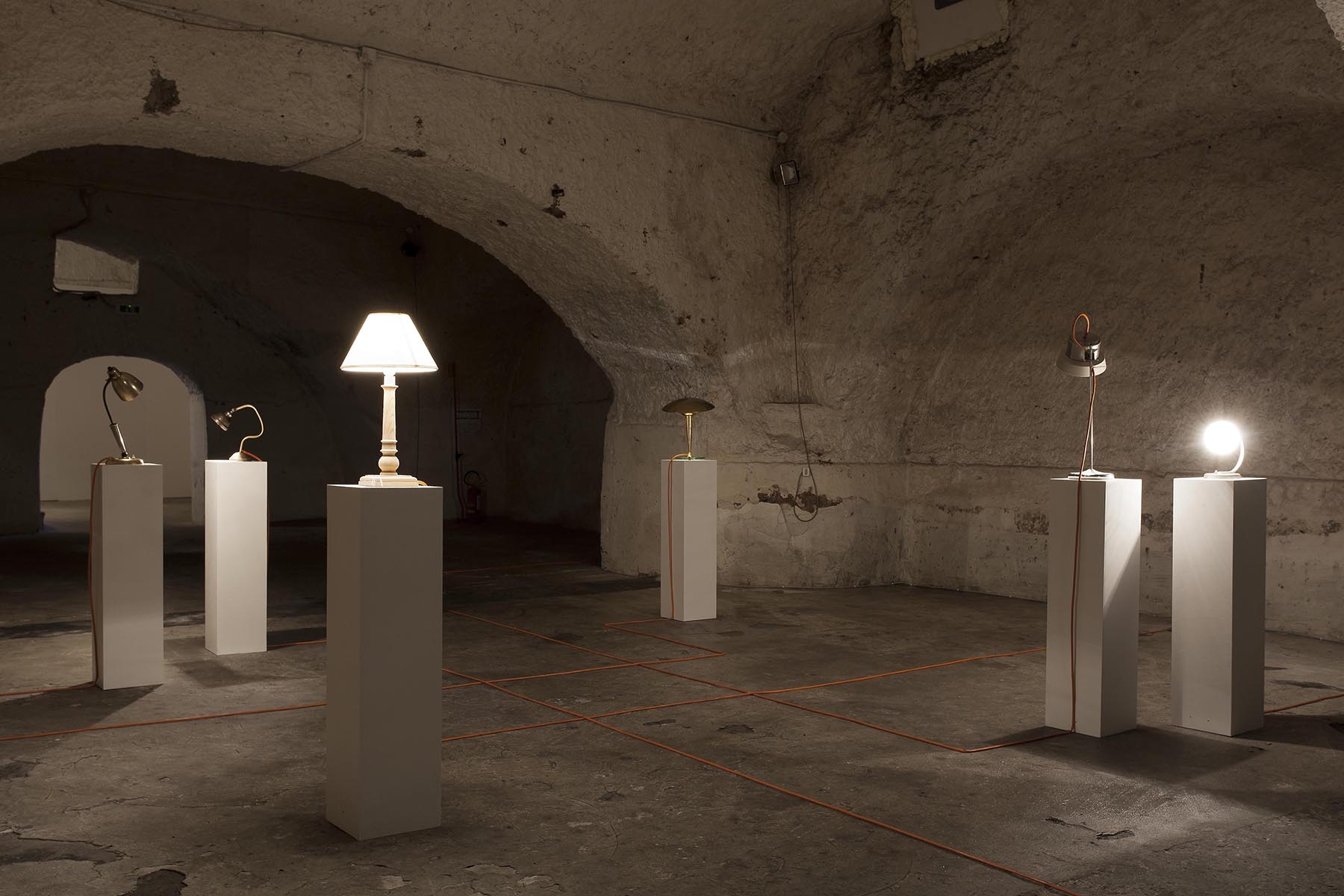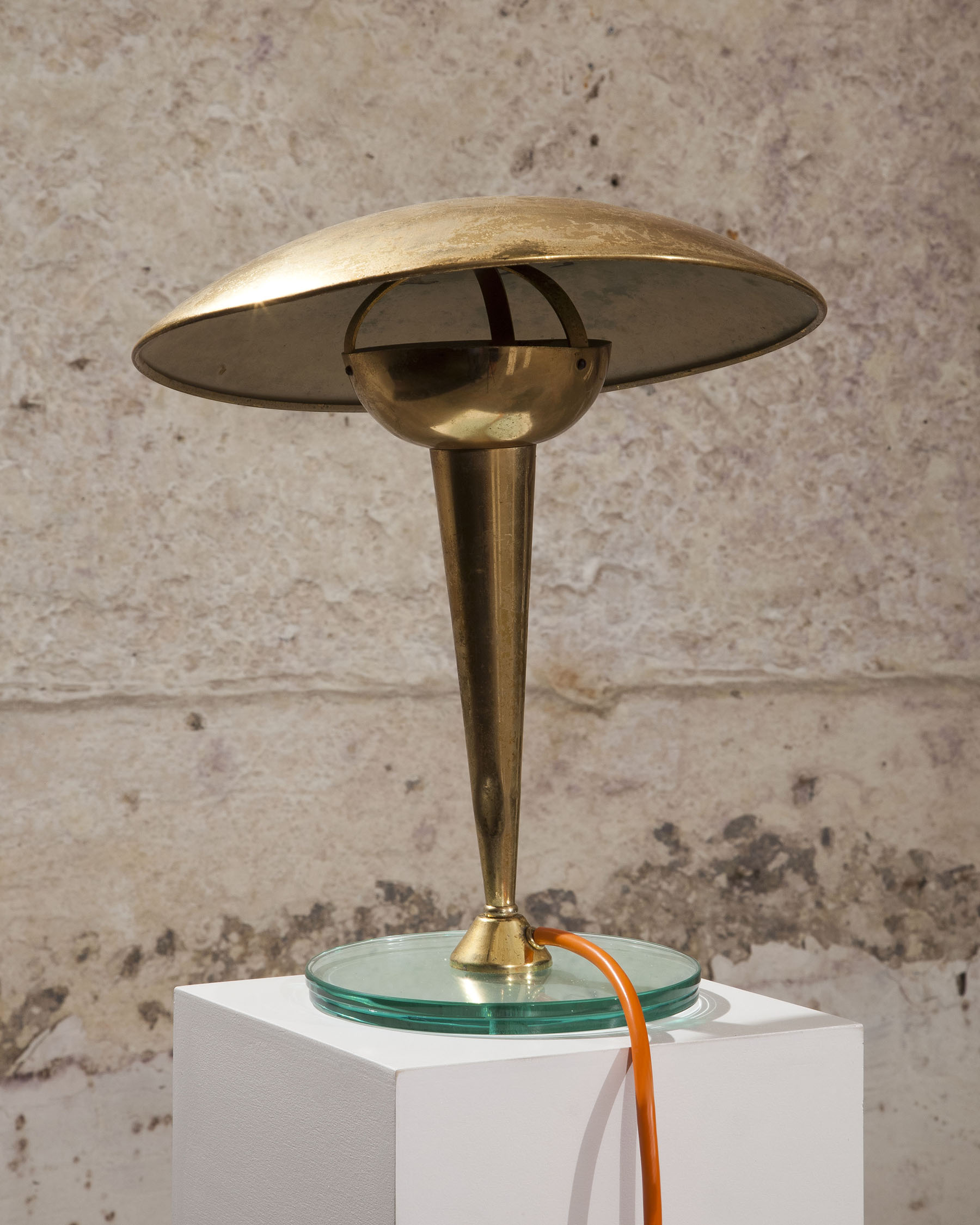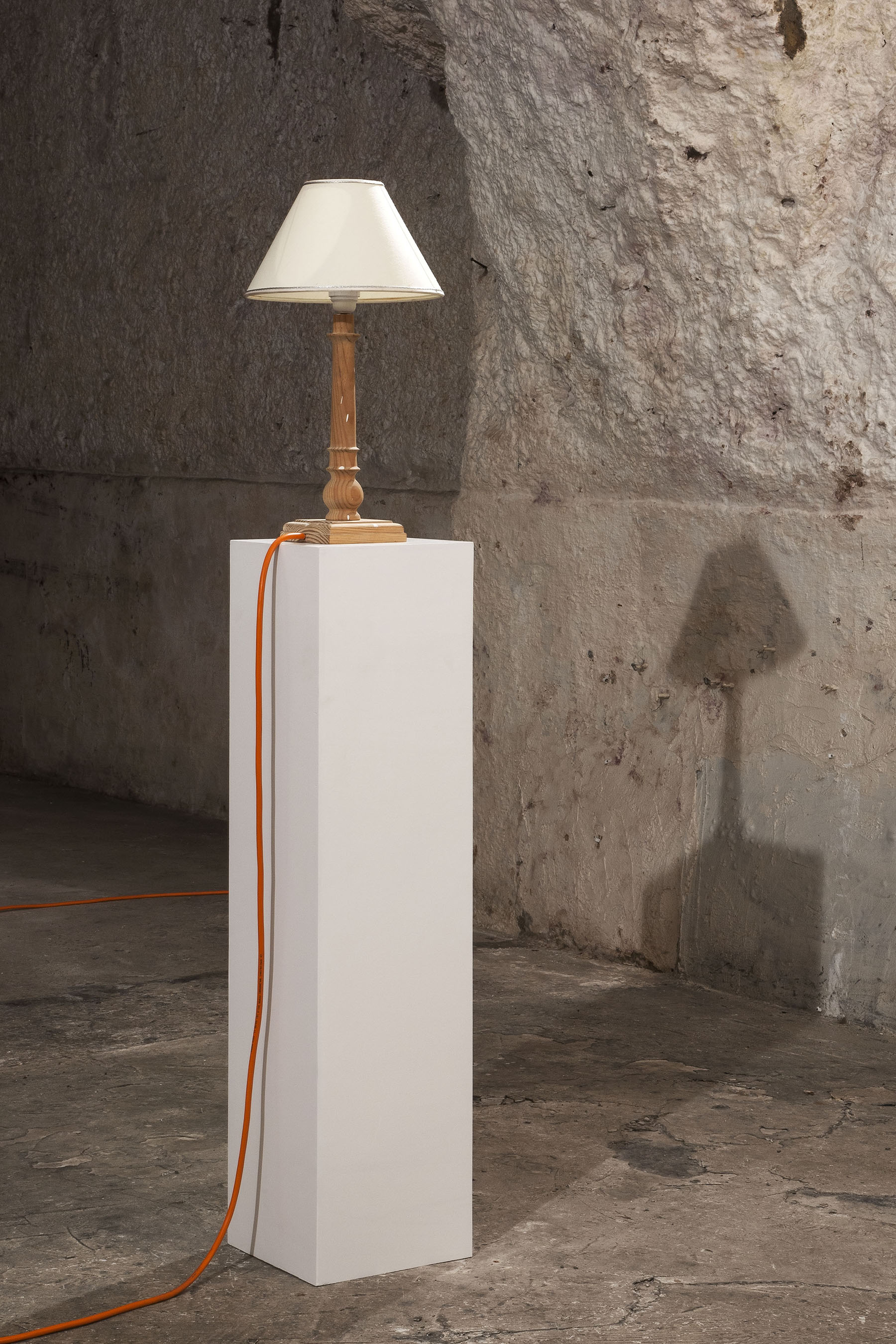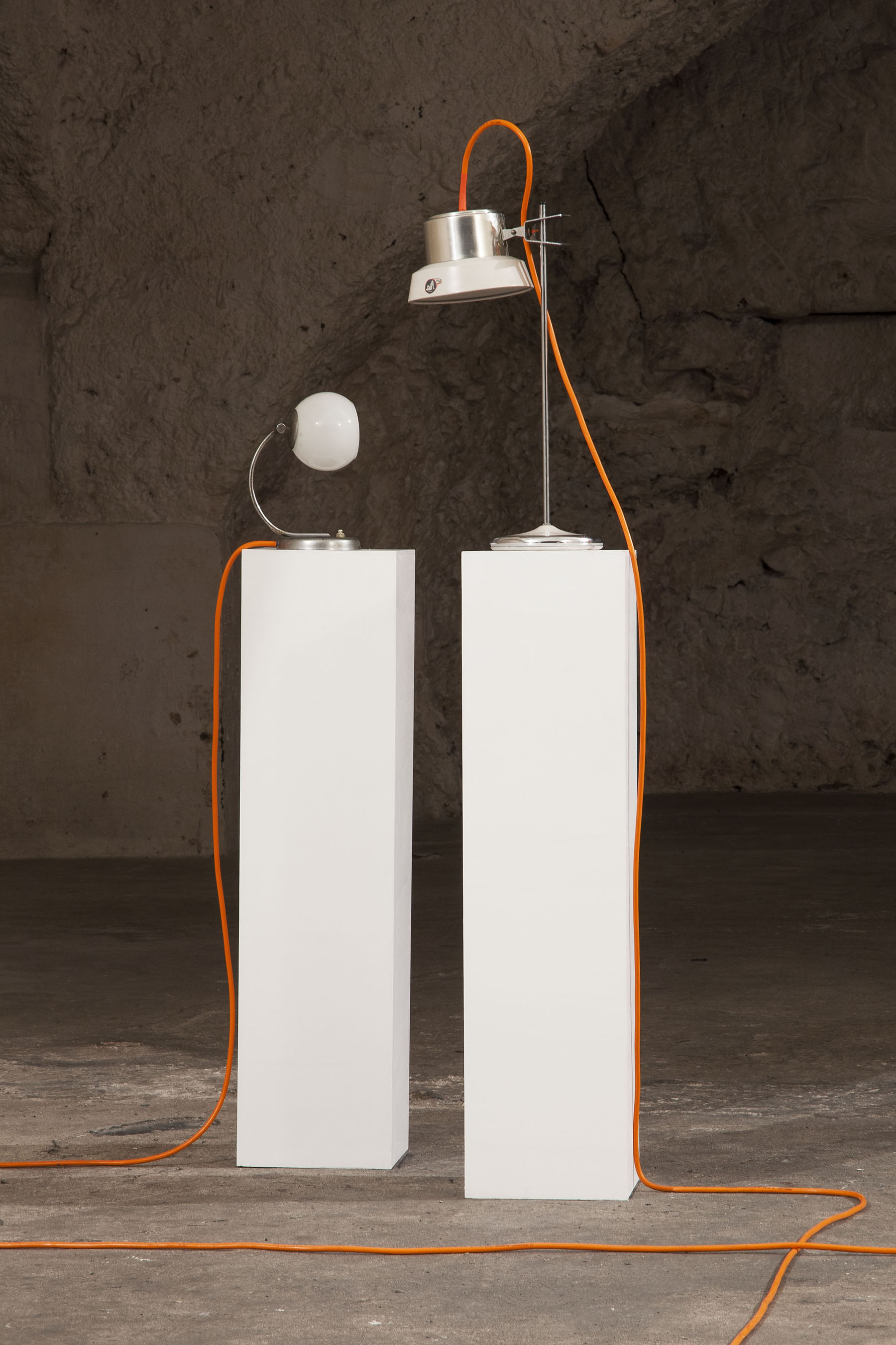12062014 \\ 13092014
The work of Jiří Kovanda has an extremely elusive, minimalist quality and consists principally of performances and installations that affirm the individual’s freedom through the invisibility of the figure of the artist in favor of a delicate exhibition of the existence of the object. His performances, documented by photography, are characterized by small gestural interventions in urban contexts, articulated through the involvement of people or everyday objects, poeticizing the execution of the simplest actions and focusing on exploring the limits of self-determination. The first phase of the artist’s work, beginning in the mid-seventies, should be examined in the light of Soviet totalitarianism and the total elimination of the concept of the individual. In Kovanda’s work action and gesture, no matter how seemingly irrelevant to the life of a community, acquire a fundamental character and are affirmed both as a way of asserting personal freedom and an instrument for enhancing the awareness of reality through the staging and recording of what seems like a little theater of the absurd.
For Fondazione Morra Greco, Kovanda has created a site-specific installation, a very delicate action devised for the basement level, which seeks to suggest an atmosphere and modulate an environment rather than establishing itself as a work of art. The arrangement of a series of lamps set on pillars is based on the position of the stars in the constellation of Corvus. The installation is titled Above Our Heads and the reflection of the sky above the viewer is presented against the backdrop of the Foundation building, like the water in a well that reflects the luminescence of the heavenly vault. The Corvus is one of the most visible constellations in the sky over urban areas both because of its limited size and the fact that it is set in an area devoid of bright stars. In this way Kovanda succeeds in transposing the magnificence of the sky into an enclosed space, creating a subtle atmosphere through the evocative power of artificial light illuminating natural darkness, transcending the spatial limits of the floors and roof of the building in the representation of a personal cosmology created by the repositioning of existing objects. The artist’s decision to respect the nature of the lamps found, without further changes in the level of brightness of the light or adjustment of the light of one over another, reflects his respect for his material and the desire not to make the artifice deliberately contrived. Another fundamental characteristic of the work is the visibility of the electric flexes that supply the lamps and create a pattern on the floor. The use of the electrical wiring as part of the work marks a clear shift from the idea of the object, customarily perceived as an unnecessary encumbrance to be concealed. Its aesthetic use acquires the same functional importance as the wire for the generation of electricity, and Kovanda’s decision to display it marks his personal stand in relation to the conception of the object and the viewer’s perception.
There are eleven stars in the constellation of the Raven but only six of its stars are visible to the naked eye. Kovanda shows us what can be seen, the stars, and also what is usually concealed, the electric cable, declaring its presence just enough to suggest his artistic intervention and ensuring that by choice only the essential and what is existent for the individual become visible for all to see.
Anna Cuomo
All images Courtesy Fondazione Morra Greco, Napoli
© Amedeo Benestante

